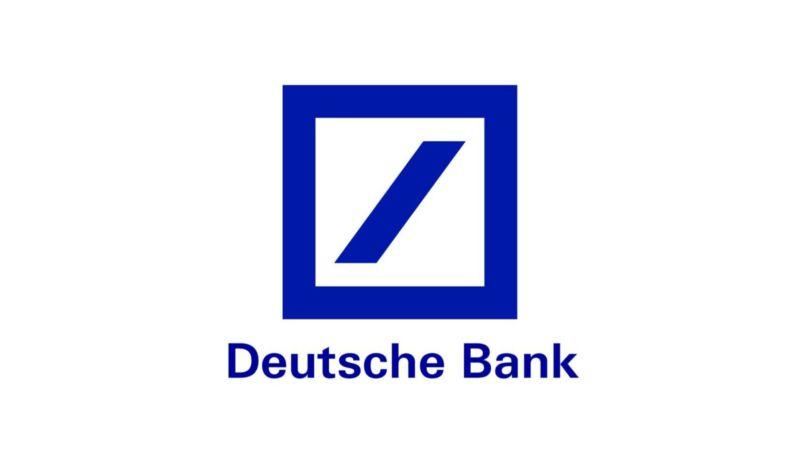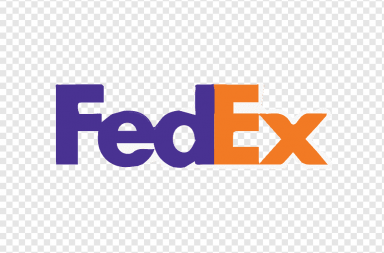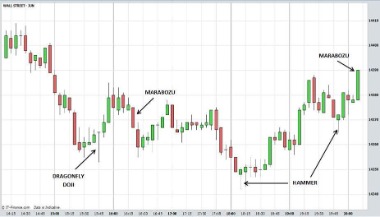Contents:

Forward guidance from central banks include positive statements about the economy, economic growth, and inflation outlook. Often, the best scenario for a healthy economy is when the people setting monetary policy are capable of switching between a hawkish and dovish stance when the situation calls for it. High-interest rates are more economically advantageous than disadvantageous. With high-interest rates, people are disinterested in loans and tend to save more. Banks lend more freely because of the high-interest rates of the loans.
They try to keep a lid on rising prices and wages by increasing interest rates, reducing the supply of money and limiting the growth of the economy. A dovish policy or policymaker will attempt to encourage rather than restrain economic growth. This is done by means of a looser monetary policy, one that tends to increase the money supply instead of restricting it.
Technicals, Fundamentals and Freestyle Finance Ring in our 100th … – Investopedia
Technicals, Fundamentals and Freestyle Finance Ring in our 100th ….
Posted: Mon, 29 Aug 2022 07:00:00 GMT [source]
High rates dissipate risk, making banks potentially more likely to approve borrowers with less-than-perfect credit histories. Moreover, if a country increases interest rates but its trading partners do not, that can result in a fall in the prices of imported goods. Whether being hawkish is a good or appropriate stance will depend on the strength of the economy and other macroeconomic factors. This is because hawkish policies that can lower inflation can also lead to economic contraction and higher unemployment, and can sometimes backfire and lead to deflation. A hawk generally favors relatively higher interest rates if they are needed to keep inflation in check.
More from Merriam-Webster on hawkish
People who are selling goods will pick up on this and they’ll start raising prices. Meanwhile, companies already have to make more stuff to meet demand, which means they have to hire more and more people. As the pool of qualified labor shrinks, employers have to pay up to hire. It’s great for business, and it means a lot more jobs will need filling. In fact, it sounds so great that you have to wonder why we’d ever want anything but dovish policy.

Another example of a dove is an economist by the name Paul Krugman, who is known to advocate for the same thing too. Ultimately, the impact on inflation and interest rates will depend on a variety of factors, including the strength of the economy and the effectiveness of the hawk’s policies. As the world enters a new financial period of ‘modern monetary policy’, these terms could become less used to describe general views and more relevant in regards to individual decisions.
Hawkish
84% of retail investor accounts lose money when trading CFDs with this provider. At the Wednesday debate, Begich took a more hawkish position on bipartisanship while Peltola and Palin highlighted their friendship. Compared to other contenders for the top job, he’s considered more hawkish.
When the home currency strengthens, the prices of imported foreign goods become relatively cheaper, hurting domestic producers. At the same time, domestic exports become relatively more expensive for overseas consumers, further hurting domestic manufacturing. Hawkish refers to a central bank’s decision to increase interest rates and tighten the money supply in order to control inflation, which is typically measured by Consumer Price Index . The image above shows the different central banks current monetary policy stance.
The Fed officials are generally made up of a mix of hawks and doves. One of the more dovish members of the Fed is Neel Kashkari, president of the Minneapolis regional Federal Reserve branch. Robert Kaplan, head of the Dallas Fed, is generally considered one of the more hawkish members.
Key characteristics of monetary doves
We have been able to give definition to the common context but it could also refer to someone who is predominantly focussed on a specific aspect of an endeavor or a pursuit. For example, inflation hawks are focussed on interest rates, budget hawks focus on the federal budget, among others. On the contrary, while a hawk focuses on high-interest rates, a dove prefers monetary policies which basically support low-interest rates. Animals have been used times without number as a signifier of various economics concepts, Hawks used to represent financial advisors who is concerned with high-interest rates. Bull refers to a market affected by inflating or rising prices, while bear refers to a market affected by low or falling prices. U.S. monetary policymakers are often described as being either hawkish or dovish.
Bear market confirmed as U.S. stocks’ 2022 descent deepens – Reuters.com
Bear market confirmed as U.S. stocks’ 2022 descent deepens.
Posted: Mon, 13 Jun 2022 07:00:00 GMT [source]
One major effect of an expanding economy is more jobs and less unemployment. However, an expanding economy also tends to lead to higher prices and wages. This can create an inflationary spiral that, especially if prices are rising faster than wages, can lead to less rather than more demand. During the financial crisis, the Federal Reserve became increasingly dovish in its effort to keep the economy from sinking further into its depression-like recession. By December of 2008, the Fed had effectively cut short-term interest rates all the way to 0%.
The hawkish definition finance stance is typically used to reduce the risk of deflation. Deflation is when prices for goods and services go down, which means that every dollar will be worth more than before – a phenomenon commonly seen during recessions or depressions. Investors prefer Hawkish policies because they reduce the risk of deflation.
And depending on circumstances, hawks may change their style and become dovish and vice versa. When monetary policy is dovish, it means that policymakers favor looser, more accommodating policy, because they want to stimulate growth in the economy. The folks at the Federal Reserve accomplish this primarily by lowering interest rates. The term “hawk” is given to central bank economists who advocate more for price stability over maximum employment. This type of monetary policy is used when there is a concern that inflation is or will be higher than the Fed’s target of 2%.
Since then, https://g-markets.net/ has fallen, consumer sentiment has improved, and stock prices have climbed. The opposite of a hawk is a “dove.” Doves are more concerned with maximizing unemployment and often have a higher tolerance for inflation. Inflation is a decrease in the purchasing power of money, reflected in a general increase in the prices of goods and services in an economy. Loretta Mester, the Cleveland Fed president, also fits into this category. Mester studied under Charles Plosser, the former president of the Fed Bank of Philadelphia and a committed hawk. She worries about inflation caused by the low interest rates championed by doves.
Understanding different approaches to monetary policy may help navigate potential economic shifts and make informed decisions. A monetary hawk tends to adopt a more aggressive approach towards controlling inflation, often by raising interest rates. This policy can lead to higher borrowing costs for businesses and consumers, which can slow down economic growth. In the meantime, it can also help to rein in inflation by making it more expensive to borrow and spend money, thereby reducing demand for goods and services. As a group, government monetary policymakers tend to turn hawkish and dovish in response to economic cycles.
Understanding Dove
In this case, Hawkish often means that policymakers want to control inflation in order to set their own course independent of any other pressures. Or cut reserve ratios, which will make it cheaper for banks to borrow money. Hawkish is usually recommended when the inflation rate has risen, and there are signs that it will continue to rise if steps aren’t taken now. These policies are based on their outlook for the economy and what they believe will happen next.
A Hawkish stance in economics and finance is when the central bank wants to tighten its policies in order to keep inflation, and then subsequently interest rates, low. In fact,Alan Greenspan, who served as chair of the Federal Reserve between 1987 and 2006, was said to be fairly hawkish in 1987. Realistically, the people of the United States—investors and non-investors alike—want a Fed chair who can switch between hawk and dove depending on what the situation calls for. Due to a high rate of consumption, there is the creation of job opportunities. Note that an increase in the consumption rate is because of the low-interest rates that enable people to borrow money. People are able to shop, build new houses, and manufacture more products.
- https://g-markets.net/wp-content/uploads/2020/09/g-favicon.png
- https://g-markets.net/wp-content/uploads/2021/04/Joe-Rieth-164×164.jpg
- https://g-markets.net/wp-content/uploads/2021/09/image-wZzqkX7g2OcQRKJU.jpeg
- https://g-markets.net/wp-content/uploads/2021/04/Joe-Rieth.jpg
This has a “trickle down” effect and determines the rates of everything from savings account yields, to credit card interest rates, to mortgage rates. This is when an economy is not growing and the government wants to guard agains deflation. If you are having trouble remembering which is which, remember that hawks fly much higher than doves. International investors will move their money to a place where they can get higher interest rates.
When mortgage rates are lower, it becomes cheaper to finance a house. Alan Greenspan, who was often portrayed in the media as a hawk was said to have become a dove in the late 1990s when he urged the Federal Open Market Committee not to raise rates. Robert Kelly is managing director of XTS Energy LLC, and has more than three decades of experience as a business executive. He is a professor of economics and has raised more than $4.5 billion in investment capital.

The whole process increases demand leading to the overall increase in the price of commodities and services. Also, when there is a high rate of employment, it means that many people are earning high wages. With this, people can afford services and products despite their high prices. When this happens, it creates a cycle of wage and price increase, leading to inflation. When the interest rates are low, it means that most people can access money. Low-interest rates also encourage consumers to take things such as car loans, mortgages, and credit cards.